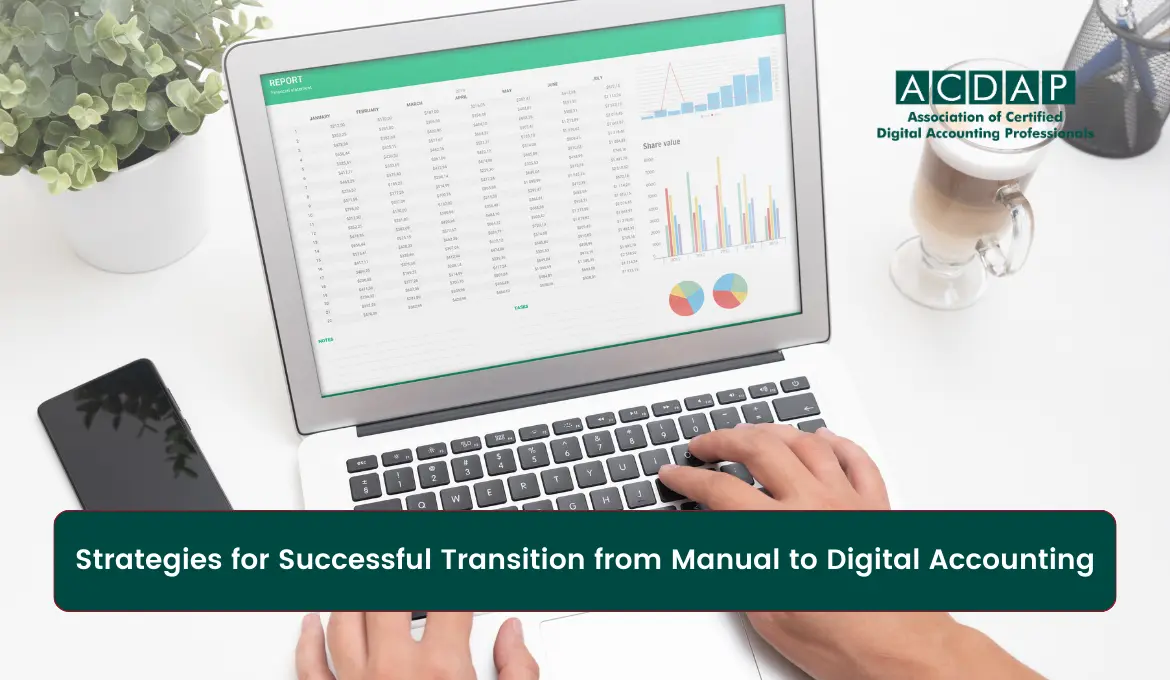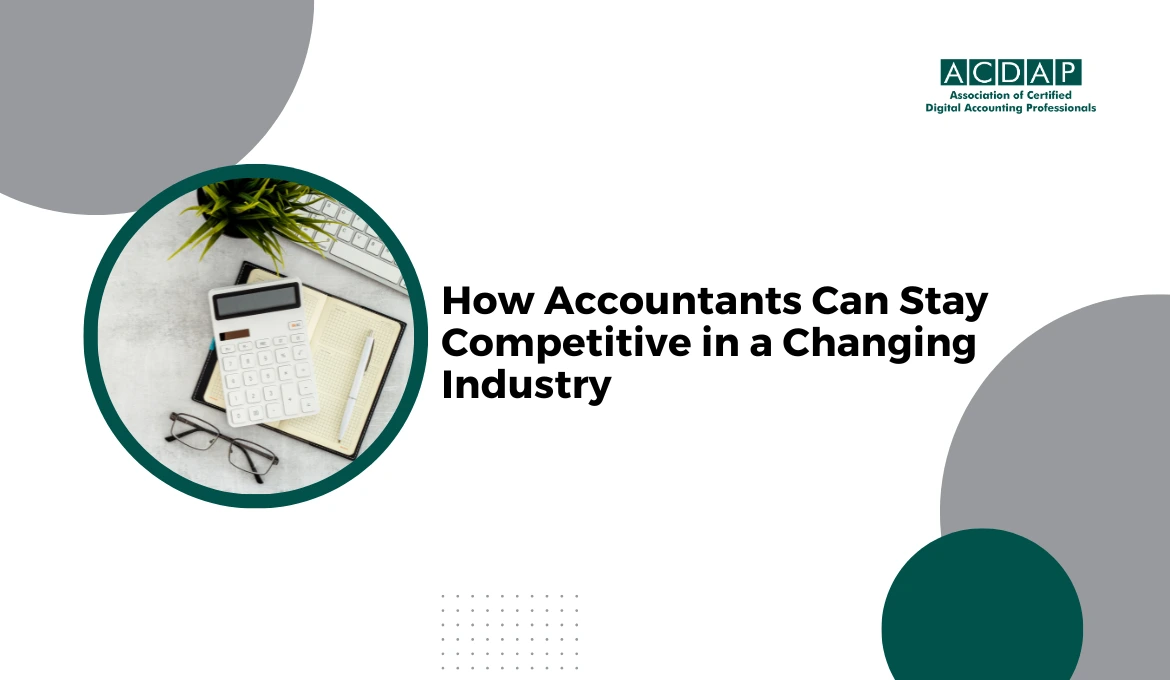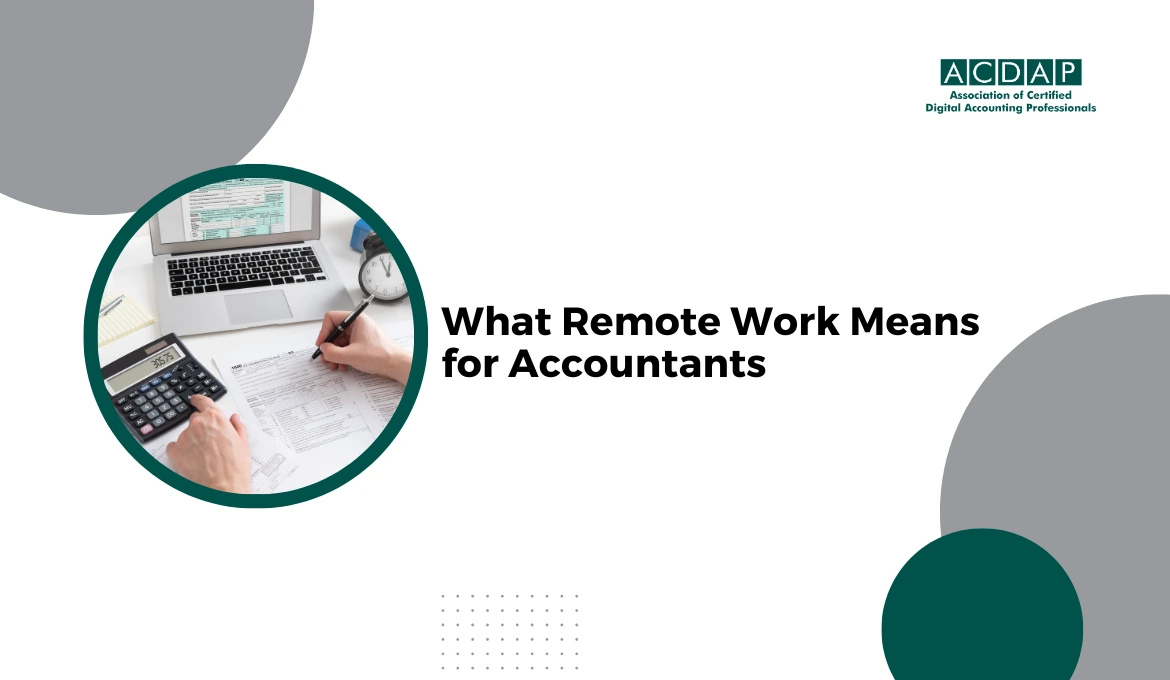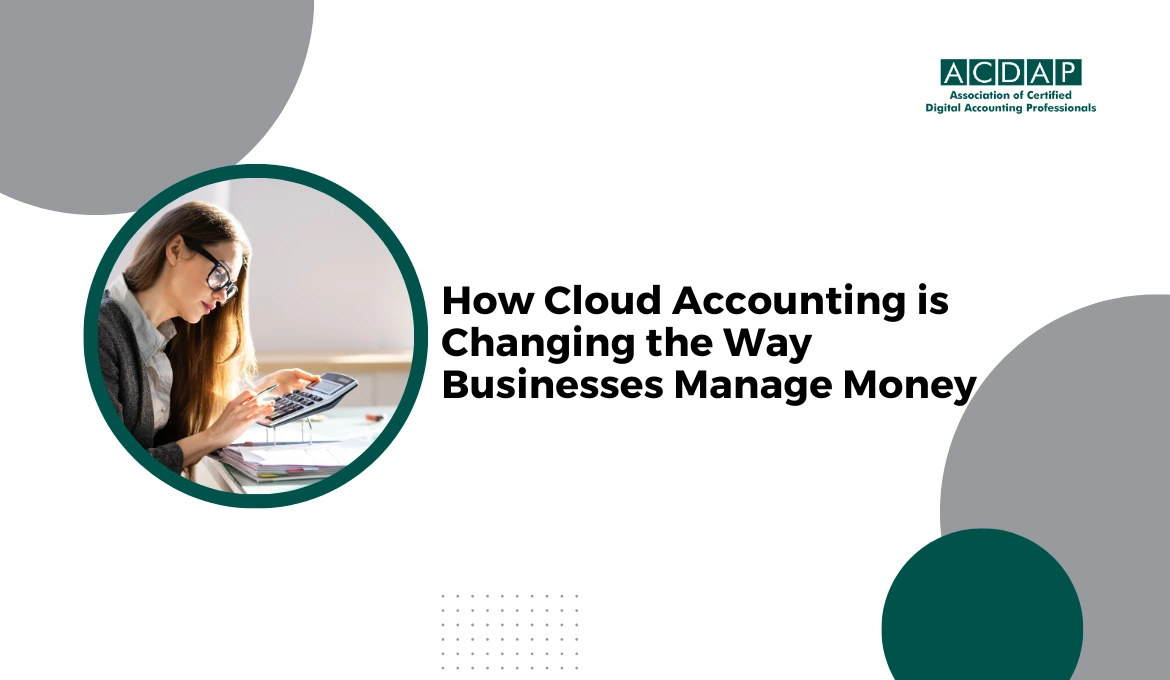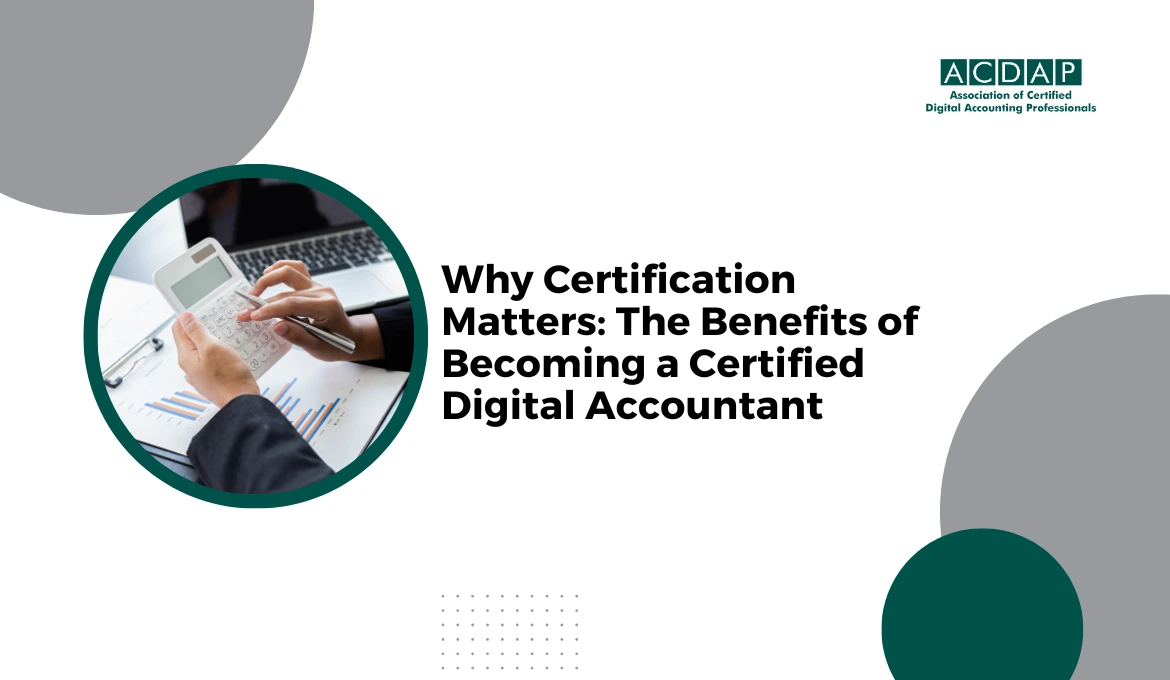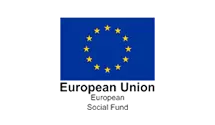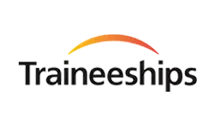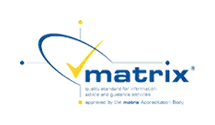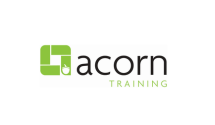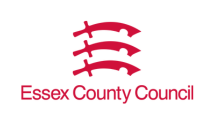In today's dynamic business environment, transitioning from manual to digital accounting has become imperative for organisations striving to boost efficiency and maintain competitiveness. While manual accounting methods have served their purpose in the past, the advantages of digital accounting are undeniable, offering improved accuracy, efficiency, and accessibility to financial data.
However, executing this transition requires careful planning and implementation to ensure a seamless integration without disrupting operations. This blog will explore strategies for successfully adopting digital accounting within your organisation.
Evaluate Current Processes and Set Goals
Before embarking on the transition journey, evaluating your current accounting processes and establishing clear objectives for adopting digital accounting is essential. Identify improvement areas and understand your business requirements, challenges, and long-term goals.
This evaluation will be the starting point for choosing the most appropriate digital accounting solution and creating a customised transition plan tailored to your needs.
Invest in Comprehensive Training and Support
Transitioning to digital accounting necessitates adopting new software and ensuring that your team effectively utilises the technology. Invest in comprehensive training programmes to familiarise your staff with the features and functionalities of the chosen accounting software.
Continually offer support and resources to tackle any questions or challenges that may arise during the transition period. Equipping your team with essential skills and knowledge will streamline the adoption process and optimise the benefits of digital accounting.
Choose the Right Accounting Software Solution
Choosing the right accounting solution is a pivotal decision that significantly influences the success of your shift to digital accounting. Consider scalability, ease of use, integration capabilities, and compliance features when evaluating different options. Look for software solutions aligned with your business goals and capable of accommodating future growth and expansion.
Additionally, ensure that the chosen software complies with relevant regulatory requirements and industry standards to avoid compliance issues.
Plan and Execute in Phases
Transitioning from manual to digital accounting is a multifaceted process that should be executed in manageable phases to minimise disruption to daily operations. Begin with basic functionalities such as accounts receivable and payable before progressively incorporating more complex tasks such as financial reporting and analysis.
This phased approach allows for better control, facilitates user adoption, and ensures a smoother transition overall. Monitor progress closely, solicit stakeholder feedback, and make adjustments as necessary to stay on track.
Implement Robust Security Measures
With the digitisation of financial data comes the responsibility to safeguard sensitive information from cyber threats and data breaches. Deploy robust security measures to safeguard your digital accounting system and guarantee the confidentiality, integrity, and accessibility of financial data.
These measures may encompass encryption, access controls, routine software updates, and employee training on cybersecurity protocols. Prioritising security from the outset will mitigate risks and cultivate trust among clients, stakeholders, and regulatory authorities.
Evaluate and Continuously Improve Processes
Once the transition to digital accounting is complete, evaluating and continuously refining your processes is essential to optimise efficiency and effectiveness. Monitor key performance indicators (KPIs) such as turnaround time, accuracy of financial reports, and user satisfaction to assess the new system's impact.
Collect input from employees and stakeholders to identify areas for improvement and make necessary adjustments accordingly. Continuous improvement is essential for maintaining competitiveness and meeting evolving business demands.
Conclusion
Moving from manual to digital accounting is a substantial endeavour that demands meticulous planning, execution, and continuous improvement. Through the implementation of these strategies and adherence to established best practices, organisations can effectively adopt digital accounting technologies. This integration enables accuracy, efficiency, and competitiveness improvements within the modern digital era. Embrace change, empower your team, and position your organisation for long-term success in the ever-evolving finance landscape.
